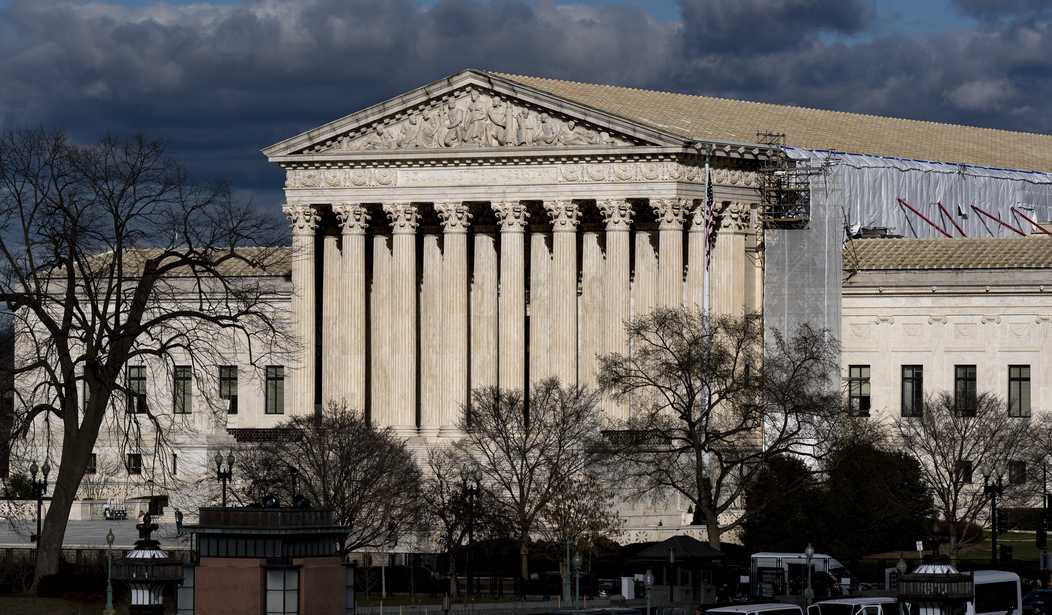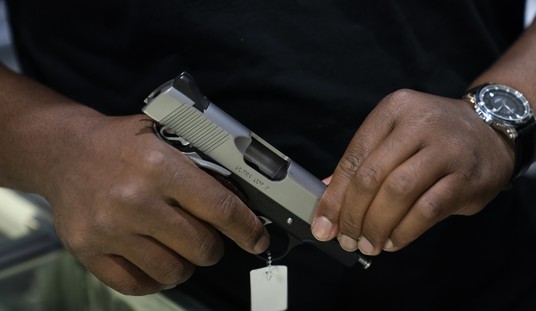The Supreme Court heard oral arguments in a challenge to the Trump administration's ban on bump stock's earlier this year, but now it's putting the Biden administration's regulations on unfinished frames and receivers under the microscope. The Court announced on Monday morning that it will hear Vanderstok v. Garland in the fall term, granting the government's request for certiorari after the Fifth Circuit Court of Appeals upheld a district court decision in favor of the plaintiffs.
Judge Reed O’Connor, of the Federal District Court for the Northern District of Texas, sided with the challengers and struck down the regulation in July, saying that “a weapon parts kit is not a firearm” and “that which may become or may be converted to a functional receiver is not itself a receiver.”
Judge O’Connor, who was appointed by President George W. Bush, added: “Even if it is true that such an interpretation creates loopholes that as a policy matter should be avoided, it is not the role of the judiciary to correct them. That is up to Congress.”
A three-judge panel of the U.S. Court of Appeals for the Fifth Circuit, in New Orleans, affirmed Judge O’Connor’s ruling. All three members of the panel were appointed by President Donald J. Trump.
“Because Congress has neither authorized the expansion of firearm regulation nor permitted the criminalization of previously lawful conduct,” Judge Kurt D. Engelhardt wrote for the panel, “the proposed rule constitutes unlawful agency action, in direct contravention of the legislature’s will.”
It was the Biden administration that sought Supreme Court review, but the Firearms Policy Coalition, which filed the Vanderstok lawsuit along with the Second Amendment Foundation, says its "delighted" that SCOTUS has granted cert and will hopefully apply the Fifth Circuit's decision nationwide.
"This is an important day for the entire liberty movement. By agreeing to hear our case, the Supreme Court will have the opportunity to put ATF firmly in its place and stop the agency from unconstitutionally expanding its gun control agenda. We look forward to addressing this…
— Firearms Policy Coalition (@gunpolicy) April 22, 2024
SAF Executive Director Adam Kraut also pronounced himself "delighted" with the Supreme Courts' decision to grant cert, adding, “ATF has continuously exceeded its constitutional authority and violated the separation of powers by creating law - a job reserved exclusively for Congress. It is time for the Supreme Court to remind ATF that it may not do so and affirm the judgment of the Fifth Circuit.”
“This case typifies the Biden administration’s war on the Second Amendment,” added SAF founder and Executive Vice President Alan M. Gottlieb. “Clearly under Joe Biden, the ATF has unilaterally set itself up as the sole authority on firearms regulation, bypassing Congress and arbitrarily changing long-standing regulations to suit the administration’s anti-gun agenda.”
Gun control activists, meanwhile, are using the Court's decision to spread misinformation about the scope of the rule.
Breaking News: #SCOTUS will take up the issue of ghost guns next term & possibly determine the fate of the Biden-Harris administration's rule regulating these weapons. Reminder: ghost guns are fully functioning firearms that are sold in parts & kits & can be purchased by anyone. https://t.co/N1jLi0h3XU
— Kris Brown | President, bradyunited.org (@KrisB_Brown) April 22, 2024
The kits that Brown refers to are not "fully functioning firearms". The ATF rule treats unfinished frames and receivers as if they're fully completed, which would make them firearms as defined by federal law. It's up to the purchaser to turn the incomplete parts into a completed frame or receiver. Unlike firearms that are sold at retail, home-built guns do not require a serial number, which is a huge problem as far as the gun control lobby is concerned, but as both O'Connor and the Fifth Circuit have noted, it's up to Congress to make new law, not the ATF or DOJ.
In a previous 5-4 decision, the Supreme Court allowed the ATF rule to be enforced while the litigation continues, which admittedly isn't a great sign, but it's hardly a guarantee that the anti-gunners are going to be victorious when the case is heard on the merits this fall. Congress was pretty explicit in defining a firearm, and they declined to include something that could become a functioning gun with some elbow grease and manipulation. The ATF's rule abrogates the legislative branch's power, and the agency has no authority to do so. This should be an easy call for SCOTUS, but given the narrow majority that allowed the rule to remain in effect despite the Fifth Circuit's edict, the ultimate outcome is likely to hinge on Chief Justice John Roberts and Justice Amy Coney Barrett's willingness to accept the DOJ's argument that the rule is merely an interpretation of existing law, and not a new law all its own.









Join the conversation as a VIP Member